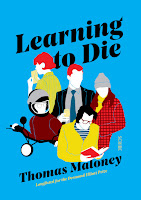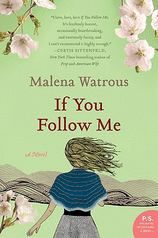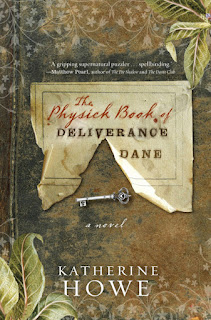 Thomas Maloney was born in Kent in 1979, grew up in London, and studied Physics at Oxford. His first novel, The Sacred Combe, was published in 2016. His new novel is Learning to Die.
Thomas Maloney was born in Kent in 1979, grew up in London, and studied Physics at Oxford. His first novel, The Sacred Combe, was published in 2016. His new novel is Learning to Die.One of Maloney's top ten "fictional deaths that attempt to examine the experience or the immediate anticipation of dying," as shared at Guardian:
William Stoner in Stoner by John WilliamsRead about another entry on the list.
The death from cancer of this disappointed academic is memorably and movingly related to the very last moment.“What did you expect?” Stoner asks himself as he reviews his so-so life. He feels no pain and his mind is sound. He reaches for a copy of his own neglected book and fingers the pages, wisely appreciating both its insignificance and its significance, then waits patiently “until the old excitement that was like terror fixed him where he lay”, and the book falls from his grasp. Death does not always wear black. Sometimes it’s more of a serene grey.
Stoner is among Simon Kernick's six best books, The Secret Teacher author's ten top books about teaching, Jamie Fewery's ten best fictional fathers, and Colum McCann's top ten novels featuring poets.
--Marshal Zeringue



















































